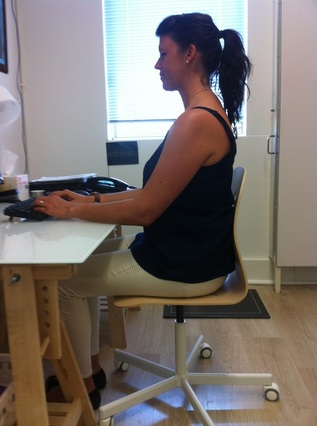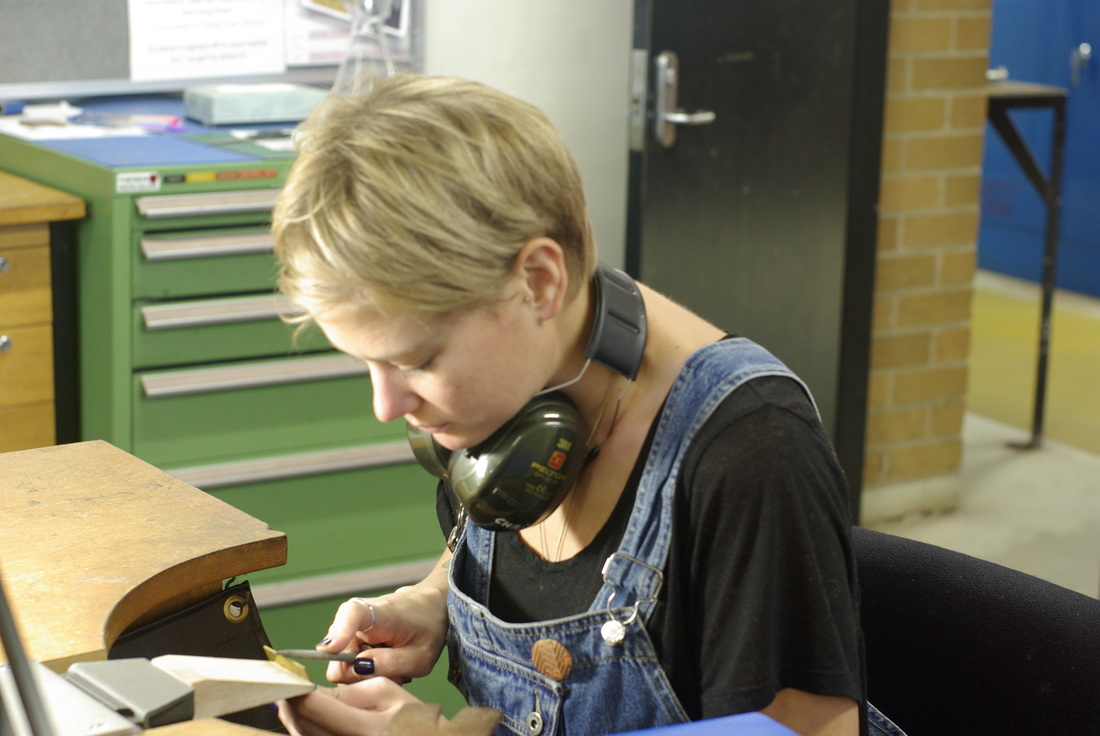I’m experiencing this second lockdown quite differently to how I was during the first one last year… It seems I’m good with firsts! There are a number of different factors as to why that is the case, (which has been helpful to identify), but the point of this mini blog is - what do we do to look after ourselves according to whatever state we’re in?
First, we have to be perceptive enough to recognize the state that we’re in.
What are we up for right at this moment; what are we not up for? What, in this very moment, might make us a little less sad….?
Following that feeling. Respecting it. Not struggling against the tide; waiting until a change in your inner state shifts before attempting to tackle the task that requires a particular kind of headspace / clarity of effective focus.
Input until you’re able to muster output. And sometimes success is simply turning up…..(congratulating yourself for doing just that as your best effort)….
So my strategy is switching gears according to state.
Having an overall intention of particular outcomes you’d like to happen in time, but being flexible about when / how that comes to pass. It’s been serving me well. Perhaps it was already my modus operandi but I believe this self-directed decision making, of what-is-right-for-me at any given moment, gets continually embedded through the practice of Feldenkrais; its philosophy of continually monitoring your state to give yourself what your system is asking for.
Is it rest/stillness or large/vigorous/energetic action that will be beneficial in bringing me to towards poised equilibrium? Insert reading, running, cooking, watching, writing, sorting out BAS etc. Moment to moment.
And bit by bit your state does change. Without pushing; without forcing. Going with the pattern first (so very Feldenkraisian….) Remembering that states CHANGE!
First, we have to be perceptive enough to recognize the state that we’re in.
What are we up for right at this moment; what are we not up for? What, in this very moment, might make us a little less sad….?
Following that feeling. Respecting it. Not struggling against the tide; waiting until a change in your inner state shifts before attempting to tackle the task that requires a particular kind of headspace / clarity of effective focus.
Input until you’re able to muster output. And sometimes success is simply turning up…..(congratulating yourself for doing just that as your best effort)….
So my strategy is switching gears according to state.
Having an overall intention of particular outcomes you’d like to happen in time, but being flexible about when / how that comes to pass. It’s been serving me well. Perhaps it was already my modus operandi but I believe this self-directed decision making, of what-is-right-for-me at any given moment, gets continually embedded through the practice of Feldenkrais; its philosophy of continually monitoring your state to give yourself what your system is asking for.
Is it rest/stillness or large/vigorous/energetic action that will be beneficial in bringing me to towards poised equilibrium? Insert reading, running, cooking, watching, writing, sorting out BAS etc. Moment to moment.
And bit by bit your state does change. Without pushing; without forcing. Going with the pattern first (so very Feldenkraisian….) Remembering that states CHANGE!
There has been a shift in me. Return of my regular functional intentionality is welcome; inhabiting the rhythm of home life more deliberately.
Principles from Feldenkrais I’m applying to life:
I don’t know where you own personal state is right now but I do know that respecting it is paramount.
If an online Feldenkrais class appeals, that is on offer.
If it’s not at all where you’re at, I’m so glad you recognize that.
Take care dear humans. States change.
Principles from Feldenkrais I’m applying to life:
- Acknowledging how you feel with acceptance and compassion, deciding what is right for where you’re at, moment to moment. Being guided by your internal experience and looking to expand inner equilibrium.
- Having a particular purpose / project that's meaningful to you but taking it on one morsel at a time. Making headway towards the desired direction in incremental increments. Giving yourself all the time that you need; without rush.
I don’t know where you own personal state is right now but I do know that respecting it is paramount.
If an online Feldenkrais class appeals, that is on offer.
If it’s not at all where you’re at, I’m so glad you recognize that.
Take care dear humans. States change.



 RSS Feed
RSS Feed